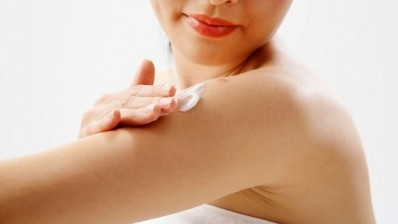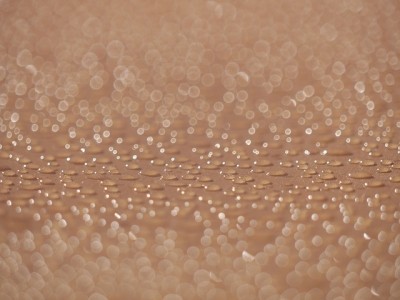Trend Spotting: in-cosmetics North America 2017

This was only the second year that in-cosmetics held a North American edition of the global personal care ingredient industry event. But a new venue—the Javits Convention Center—programming focused on the needs of marketers and product development pros, and elevated production values gave the show a well-established feel.
Protection and detox
Anti-pollution is an emerging subcategory in both skin care and hair care. And as Veronique Newton, R&D laboratory manager at research and testing company CIDP, told Cosmetics Design at the show last week, her company sees a “big customer demand for anti-pollution efficacy testing.” Newton went on to explain that while there is a lot work going on to develop product formulas that protect the skin from airborne pollution, there is also an interest in effective pollution cleansing products, effective pollution repair products, as well as an interest in similar products that counter the impact of blue light.
Sensient Cosmetic Technologies was showing its detoxifying Vegetable Charcoal at in-cosmetics. The company’s marketing materials describe the ingredient as “ultra fine, steam activated carbon, [and] from 100% natural origin.”
Berkem’s berkemyol green tea ingredient, which boasts anti-pollution, oxygenation, and photo-aging prevention benefits, was featured in the Innovation Zone; as was the Mibelle Biochemistry Group’s InfraGuard ingredient which promises to protect skin from both infrared and blue light.
Fermentation
Aprinnova, the joint venture of Amyris and Nikkol Group, was at in-cosmetics North America. That company uses fermentation to make personal care ingredients, chiefly squalene. In fact, Amyris is company behind the successful skin care brand Biossance that’s been making headlines for its efficacy and sales volume at Sephora.
The Chinese biotech company Sinonocy also uses fermentation. That company produces ergotyioneine. At in-cosmetics last week, Sinonocy was showing a wide range of product prototypes formulated with the ingredient: a cleansing water, facial cream, eye cream, sunproof emulsion, and an essence.
Biotechnologies like these ingredient makers are using are becoming increasingly common as personal care and fragrance manufacturers look for bio-based inputs and straightforward supply chain options.
Eco-friendly
Lonza used the tradeshow to showcase its Geogard line of alternative preservative ingredients. The Geogard line is an “avenue [for Lonza] in to the naturals market,” where the company sees marked growth, Vito Cataldo, marketing manager, tells Cosmetics Design.
In terms of application, Cataldo, says that Geogard preservatives are developed with the wet wipes category in mind. And he notes that Lonza expects baby wipe and facial wipe manufacturers to use the ingredients to “help make green claims.”
Maian, a Brazilian raw materials company serving the food, cosmetics, and household cleaning industries, was showing vegetable ‘vaselines’ and vegetable lanolin at in-cosmetics North America. The petroleum-free ‘vaselines’ come in four varieties, as Angle Dachs, the company’s CEO tells Cosmetics Design. There are two different textures for hair formulations and two for skin care. And, the vegetable lanolin is not only animal-free but also free of the animal scent that many formulators working with lanolin strive to neutralize or disguise.
Sekisui Plastics, a company headquartered in Japan that also has offices in Germany, was previewing a biodegradable plastic at the show. The TechPolymer EF-Series will be suitable for use as the hydrogel base material of masks and patches, Shunsuke (Dave) Inoue, the company’s sales manager tells Cosmetics Design.
The material is currently in development and will likely be available within 2 years, according to Inoue. In the meantime, promotional materials for TechPolymer EF-Series describe it “a microsphere used for cosmetics for the effect of enhancing its texture. Since it is composed of the biodegradable plastics (content of biomass 50%), it has a potential to further reduce the environmental load.”
















